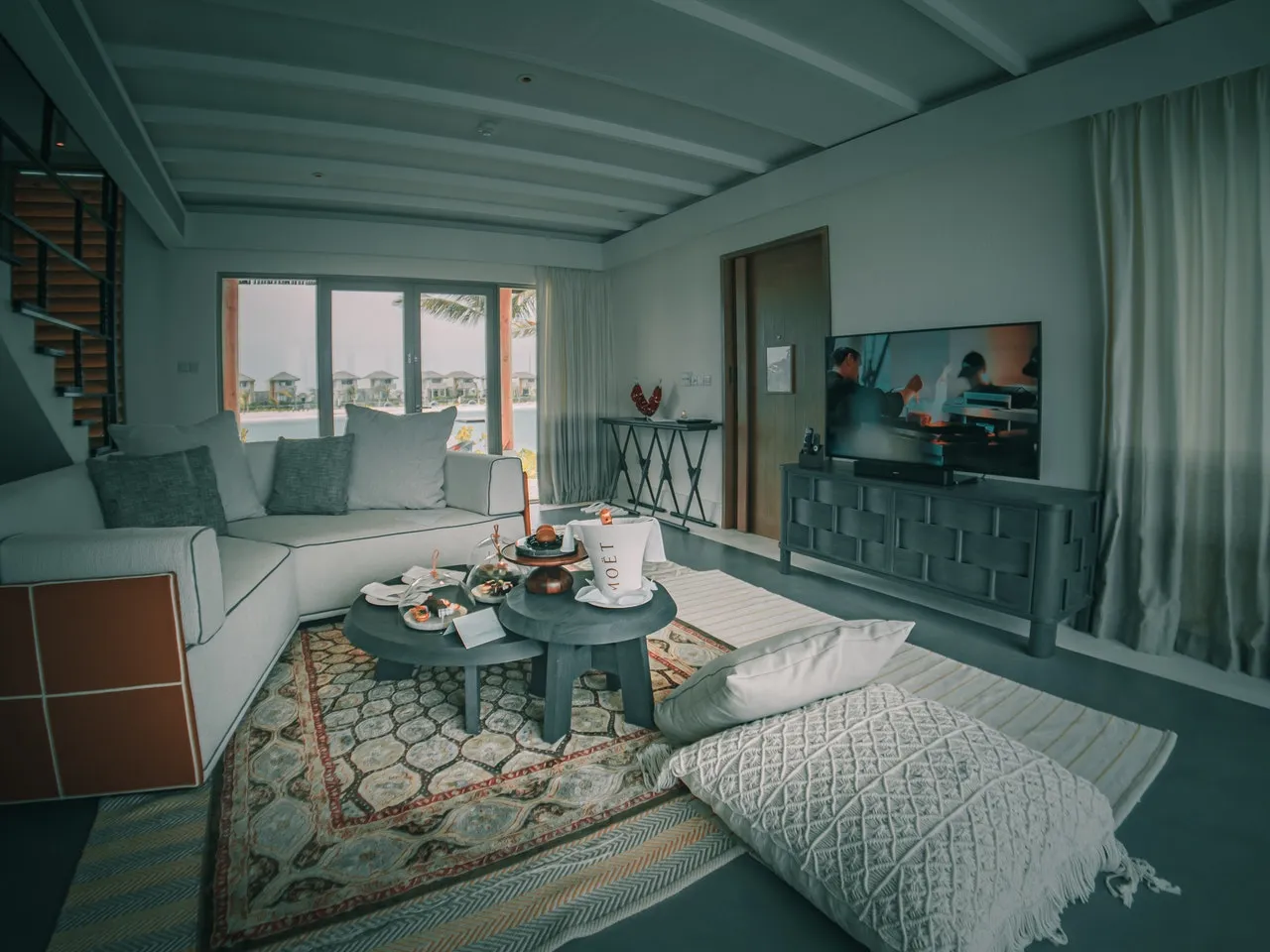Painting a room can be a rewarding DIY project, but it’s not without its challenges. To ensure success, it’s essential to approach the task with a solid plan, quality materials, and the right techniques. Using trusted paint brands like Benjamin Moore can make a noticeable difference in coverage, color richness, and durability. This article provides some of the best tips for painting a room, answering common questions and offering guidance that will help you achieve professional-looking results.
1. How Do You Prepare a Room for Painting?
1.1. Clear the Area and Protect Surfaces
Before you begin painting, it’s crucial to clear the room of all furniture and cover any surfaces you don’t want painted. Move larger furniture pieces to the center of the room and cover them with drop cloths. Use painter’s tape to protect trims, outlets, and any fixtures that cannot be removed to ensure clean lines.
Properly preparing your room, especially protecting surfaces, can save significant cleanup time later. Drop cloths are indispensable in shielding your flooring and furniture from accidental paint splashes. Also, ensure the room is well-ventilated by opening windows and using fans to dissipate any paint fumes effectively.
A well-organized workspace minimizes the potential for mistakes and enables smoother painting. Keep all necessary tools within easy reach, grouped on a workbench. An efficient setup allows you to maintain momentum without unnecessary interruptions to search for supplies.
1.2. Clean and Repair Walls
Use a damp cloth to wipe down the walls and remove dust or grease. This simple step prevents dirt from interfering with paint adhesion, ensuring the longevity of your paint job. It is essential to focus on high-touch areas, like near door handles and light switches, where grime tends to accumulate.
Repair any holes or cracks with spackle or putty, and sand the surface smooth once it’s dry. Paying attention to these details results in a seamless finish, free of imperfections. Consistent wall preparation can elevate the overall appeal of your paint job, presenting a professional look from top to bottom.
As you prepare the walls, also inspect the baseboards and moldings for any damage that might need fixing. A little extra time spent now on repairs ensures that all surfaces will harmoniously blend together. Also, addressing these issues prevents further damage from becoming apparent over time, maintaining the room’s aesthetic appeal.
2. What Are the Best Painting Techniques for a Professional Finish?
2.1. Cutting In: Edges and Corners
Use a high-quality brush to ‘cut in’ by painting a 2-3 inch strip along the edges and corners of the room. This sets the stage for using a roller for the rest of the wall. Cutting in allows more precise control and helps prevent roller marks close to the edges.
Take your time with this detailed work, as precision in cutting in provides a crisp contrast between wall and trim. It prevents bleed and assures neat edges, acting as a foundation that the roller can seamlessly meet. Some pros recommend rotating the brush slightly as you go for the cleanest edge possible.
For an even more professional touch, overlap your brush strokes slightly onto the forthcoming roller area to ensure uniform texture. Practice smooth, steady hand motions, as these can prevent drip marks. Effectively utilizing your brushes in this initial stage lays the groundwork for a cohesive wall surface.
2.2. Rolling: Smooth and Even Layers
Load your roller properly and use the ‘W’ technique to apply paint in even layers, minimizing risks of streaks or roller marks. Starting at one corner, form a large “W” on the wall, then fill it in without lifting the roller. Work in small sections and maintain a wet edge to blend each new stroke seamlessly.
Choose your roller nap according to the wall texture—for example, a thicker nap for heavily textured walls. Covering your tray with a liner will make cleanup easier and more efficient. Between sections, make sure the roller isn’t too dry or too saturated with paint; both extremes can negatively affect your result.
Be purposeful in back-rolling, where once you roll the paint on in ‘W’ shapes and fill them in, go over it all lightly to smooth out. This ensures fewer roller marks and a truly even application. Always roll from the opposite direction of your last stroke to catch any missed spots.
3. How Do You Choose the Right Paint and Tools?
3.1. Selecting the Right Paint Finish
Choose a paint finish that suits the room’s use, such as matte for a subdued look, eggshell for low-traffic areas, or semi-gloss for high-traffic and easy-cleaning surfaces. Each finish has different durability and reflectivity characteristics, impacting both aesthetics and functionality. Evaluating these factors will help pinpoint the right finish for your specific needs.
In rooms prone to moisture, like kitchens or bathrooms, more reflective, moisture-resistant finishes like satin or semi-gloss are preferable. For formal settings or bedrooms, the softer sheen of matte or eggshell can create a warm and cozy atmosphere. Tailoring your paint choice enhances not just appearance but long-term maintenance of the room.
Don’t skip testing small samples on your walls, pending how lighting affects perceived color and finish. With different angles and times of day, your paint’s character may shift considerably. Accurate testing helps avoid unexpected disappointments, cementing your decision for long-term satisfaction.
Long-lasting tools provide more reliable consistency, translating to superior aesthetic results across various projects. Proper tool maintenance, such as thorough cleaning post-use, extends their life. Investing in quality and care of your tools solidifies them as assets for diverse painting endeavors.
Painting a room doesn’t have to be a daunting task. By preparing your space, employing expert techniques, and choosing the right materials, you can transform any room with a fresh coat of paint. Keep these tips in mind for your next painting project, and enjoy the satisfaction of a job well done.


